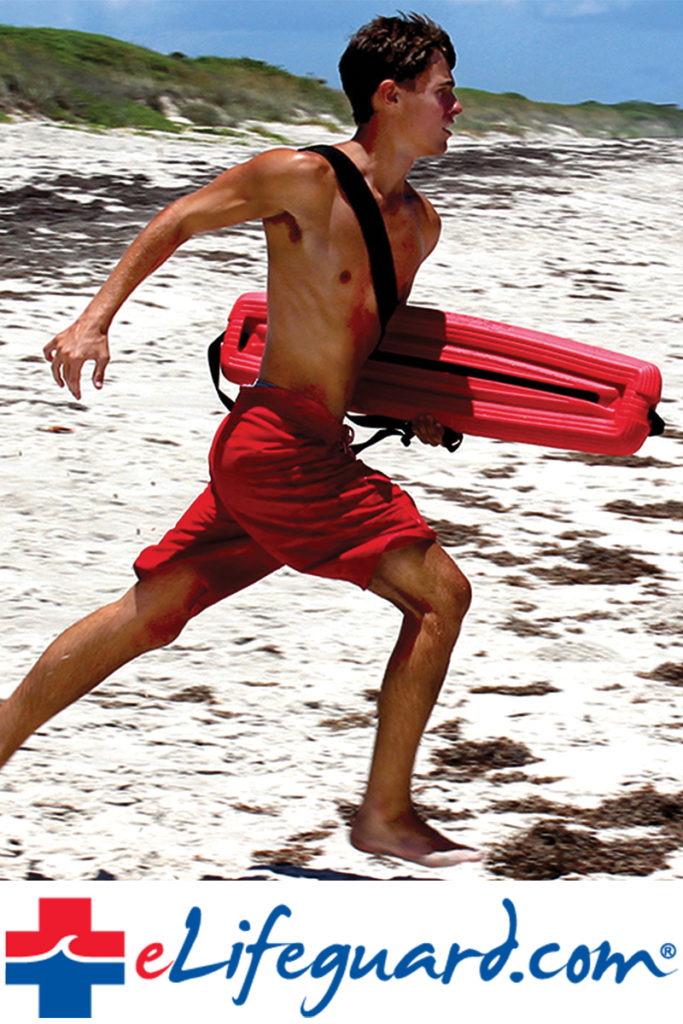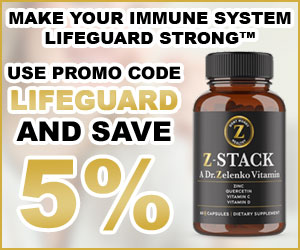Summer Guide to UV Index
Ultraviolet Index, commonly referred to as UV Index, was developed in 1994 in an effort to quantify just how “sunny” the sun is on any given day. The sun, like all hot objects, emits ultraviolet radiation, which is harmful to the skin and eyes. For this reason, the UV Index is a foolproof way to measure the intensity of ultraviolet radiation.
 How does UV Index help you? By looking at the UV index, you’ll have a good idea of how much coverage you’ll need from the sun — whether that be with sunscreen, hats, or an umbrella. Here’s the upshot: the higher the UV index, the more protection you’ll need. Follow the guide below for a more detailed breakdown of the numbers:
How does UV Index help you? By looking at the UV index, you’ll have a good idea of how much coverage you’ll need from the sun — whether that be with sunscreen, hats, or an umbrella. Here’s the upshot: the higher the UV index, the more protection you’ll need. Follow the guide below for a more detailed breakdown of the numbers:
UV Index 1-2: LOW
The sun’s rays won’t get much lower than this. You’re safe to spend time outside for long periods of time. Although, you should always wear sunscreen and sunglasses when you’re outside for a long day.

UV Index 3-5: MODERATE
UV Index peaks between noon – 3 pm, so it’s common to see moderate UV index in the hours prior. When you see moderate UV Index, you can get away with a lower SPF, such as SPF 30, without  having a nasty burn. If you have fair skin, use extra caution as these rays will have a bigger impact.
having a nasty burn. If you have fair skin, use extra caution as these rays will have a bigger impact.
UV Index 6-7: HIGH
Regardless of your skin type, high UV rays means you’re highly susceptible to burn and/or other damage. If you are planning on spending a full day outside when the index is high, you should be covering up and using ample sunscreen.
UV Index 8-10: VERY HIGH
Not only are burns likely, but they will happen quickly. Notoriously taking place during summer afternoons, a UV Index of 8-10 means you should load up on SPF 100 sunscreen, reapply, and invest in polarized sunglasses for extra eye protection.

UV Index 11+: EXTREME
Extreme UV Index is just what it sounds like. It’s advised that you limit the amount of hours spent in the sun at this index. If you do find yourself exposed to these harsh rays, cover up and take serious precautions. Extreme UV Index won’t lead you to a light bronze but rather a deep, painful burn.
To be sure that you are not missing out on any of our lifeguard videos & stories, please subscribe to our newsletter here.
For videos, articles, & events about lifeguarding related industry topics, visit www.lifeguardtv.com





